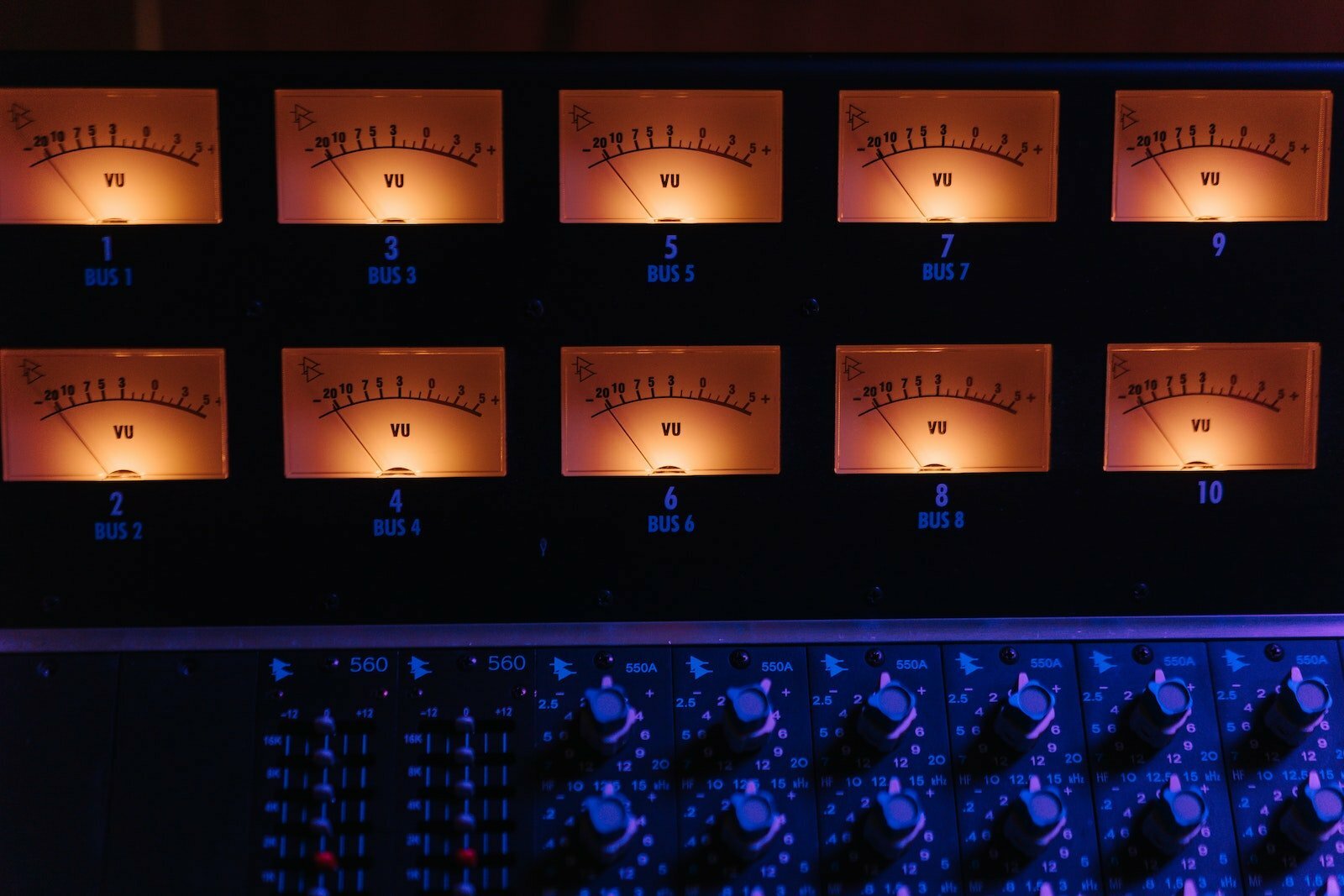
The term “impedance” in audio systems refers to the electrical resistance that a device presents to an audio signal. Impedance levels determine how much current will flow through the system and how much power is required to drive the signal. Understanding the different impedance levels is important for connecting and optimizing the performance of audio equipment.
- Low-impedance (Lo-Z): Low-impedance signals are typically around 4-8 ohms and are often used by microphones in live settings. The reason being, microphones generate very low-level signals that need to be amplified before they can be used with other audio components.
And since low-impedance signals are are easier to amplify, they are less susceptible to noise and interference compared to high-impedance signals. However, they are more susceptible to signal loss due to cable resistance. This is because low-impedance signals have a lower impedance and therefore more current is required to drive the signal. When a low-impedance signal travels over a cable, some of the signal energy is lost due to the resistance of the cable. This is known as cable loss. Cable loss is proportional to the length of the cable and the resistance of the cable, and it increases as the current through the cable increases. Low-impedance signals are widely used in professional audio systems, and most microphone preamps and mixing consoles are designed to work with low-impedance signals. And in turn, this makes it easier to interconnect different components in a system and provides more consistent performance compared to systems that use high-impedance signals. - High-impedance (Hi-Z): High-impedance signals are typically around 1 M ohm and are most commonly used with instruments such as electric guitars and basses. This is because electric guitars and basses are equipped with high-impedance pickups that generate a high-impedance signal and the high-impedance signal is necessary to preserve the unique tone and character of the instrument’s pickups. High-impedance signals are less susceptible to signal loss over long cable runs compared to low-impedance signals, because high-impedance signals require less current to drive the signal. However, high-impedance signals are more susceptible to noise and interference compared to low-impedance signals. This is particularly important in noisy environments such as live concerts and recording studios. Most guitar amplifiers and effects pedals are also designed to work with high-impedance signals, making it easier to interconnect different components in a guitar rig
- Line-level: Line-level signals are typically around 10 k ohms and are used to interconnect audio components such as preamps, equalizers, and power amplifiers. They are also sometimes referred to as “professional” level signals and are commonly used in studios and professional sound reinforcement systems.
- Phono: Phono signals are around 47 k ohms and are used with turntables to play vinyl records. And since phono signals are also low-level signals, they require a preamp to bring the signal up to line level before it can be used with other audio components.
In conclusion, different impedance levels have different purposes and are used in different types of audio systems. Understanding the impedance level of your audio components is important for ensuring that your system is set up properly and performing optimally.










































































































